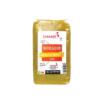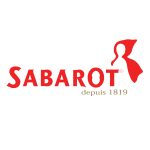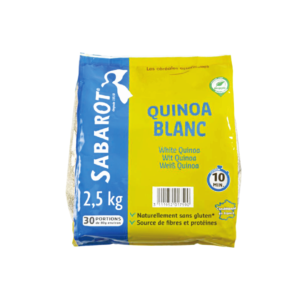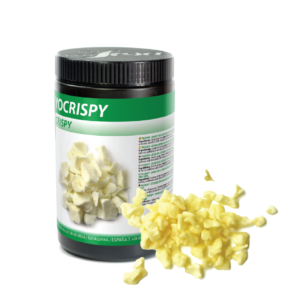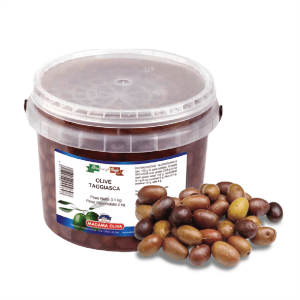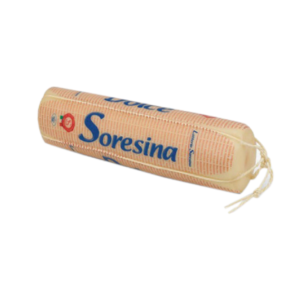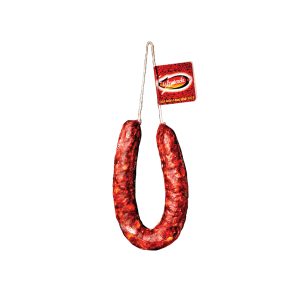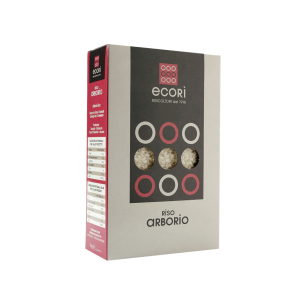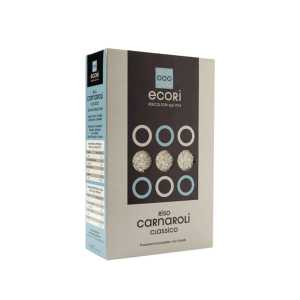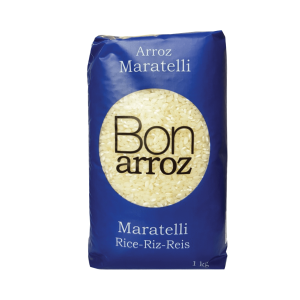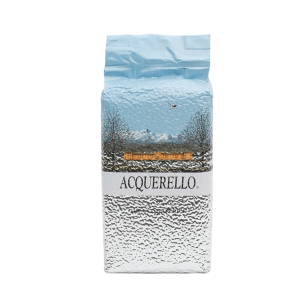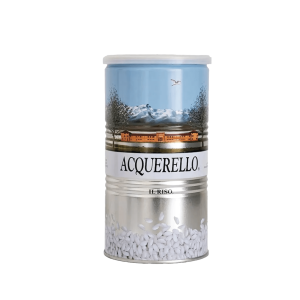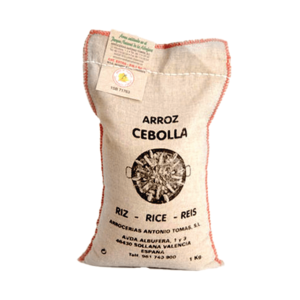Also called, “bulgur,” which is a Turkish word for “cereal grain,” this is a popular ingredient in many Middle Eastern dishes. It’s delicious, healthy, and very adaptable.
TASTING NOTES FROM THE CURATOR
This whole grain is parboiled, or partially cooked, making it incredibly easy to prepare. And when cooked, its texture chewy, similar to couscous and quinoa. It gives off a smell similar to popcorn when cooked, and has an appealing nutty flavor.
PREPARATION AND PAIRINGS
You can use boulghour the same way you’d use couscous or quinoa. Bulk up a salad by putting this in, or use it as an alternative in pilaf, and as an accompaniment to fish, meats, poultry, etc.
Boulghour is also used to make tabbouleh, and it’s very easy to make:
• Cook your boulghour for in salted water (2 cups of water to 1 cup of bulgur) for about 10-15 minutes. Drain and let cool.
• Chop up some mint leaves, parsley, cilantro, and spring onions, and dice up some tomatoes.
• Toss this all together with your cooked boulghour in a bowl, and season with lemon juice, olive oil, salt and pepper. Toss again until completely combined.
• Serve and enjoy!
THE GOOD GRAIN
Boulghour, or bulgur, is a whole grain rich in nutritional value. it’s a natural source of fiber, which helps promote heat and digestive health. It’s also rich in vitamins and minerals, especially manganese, iron, zinc, and magnesium. It also has fewer calories than other whole grains, making it great help in diets and for managing weigh and blood sugars.
Storage Instructions
Store your uncooked boulghour in a tightly closed container in the pantry. If moisture is kept out, the maximum storage time for good flavor is 1 year.




